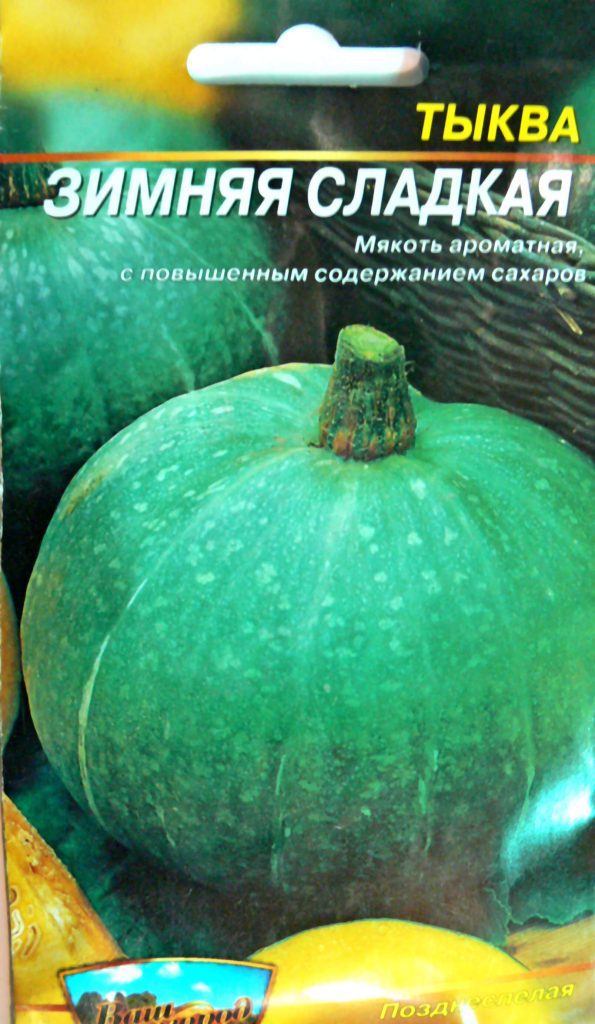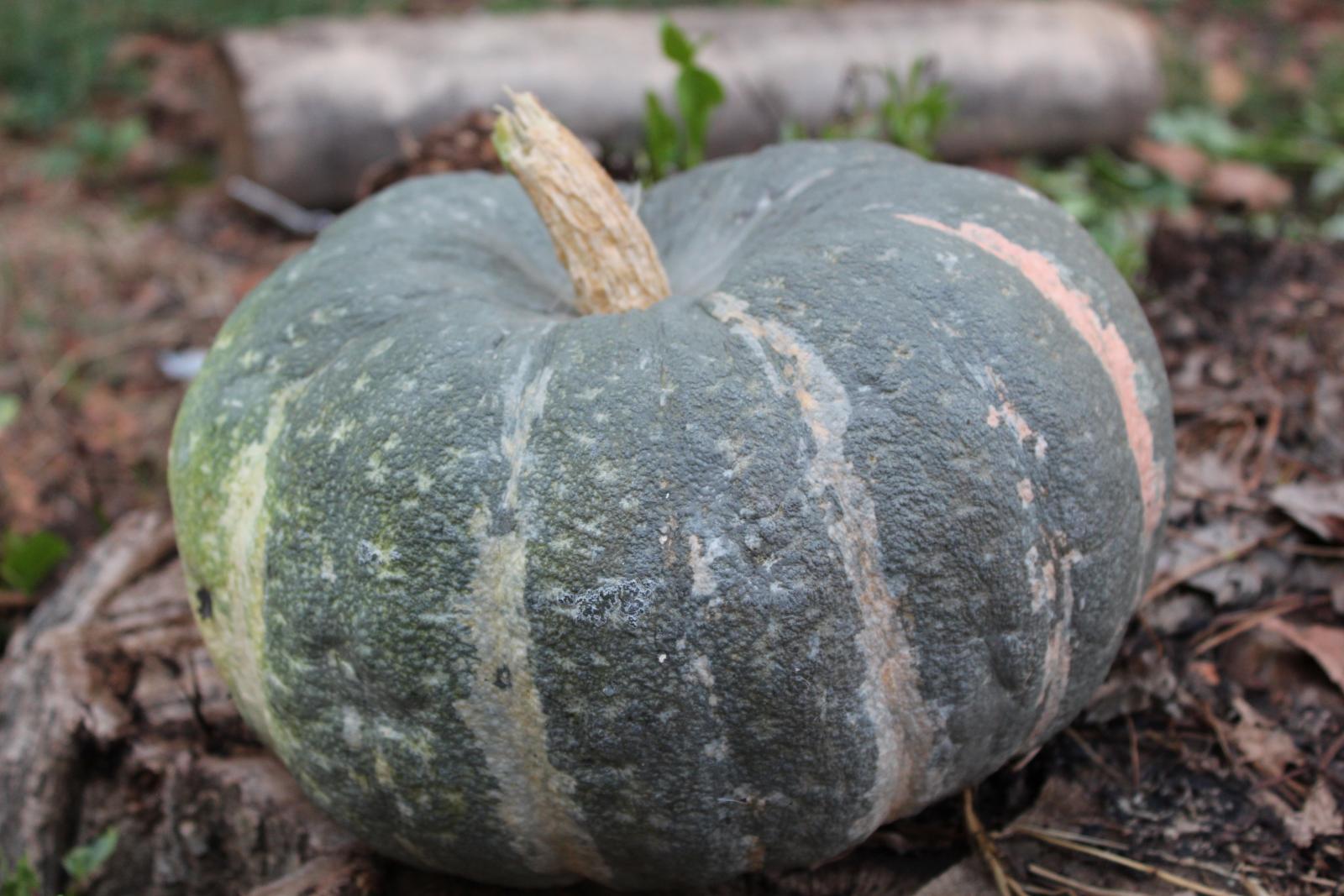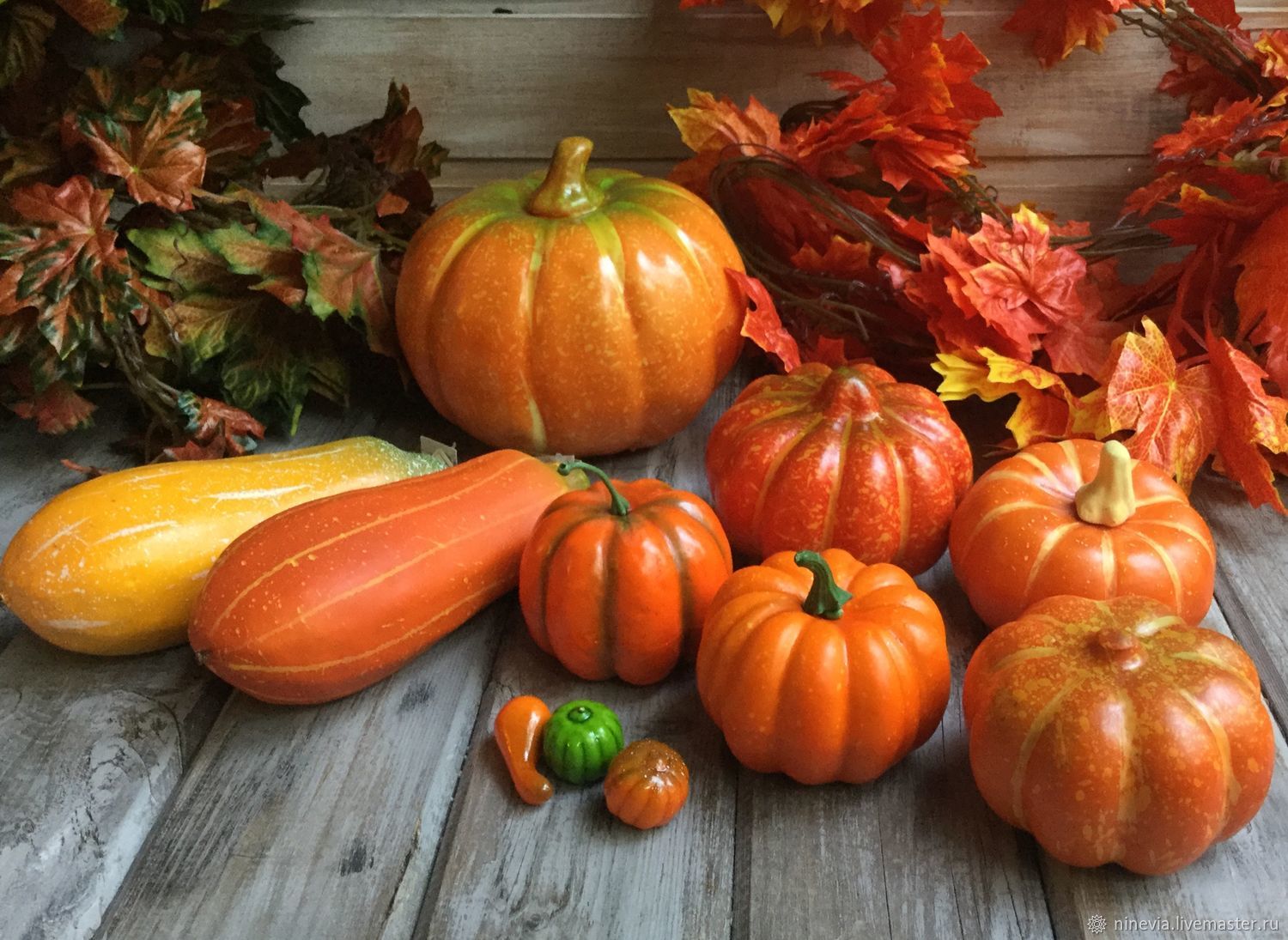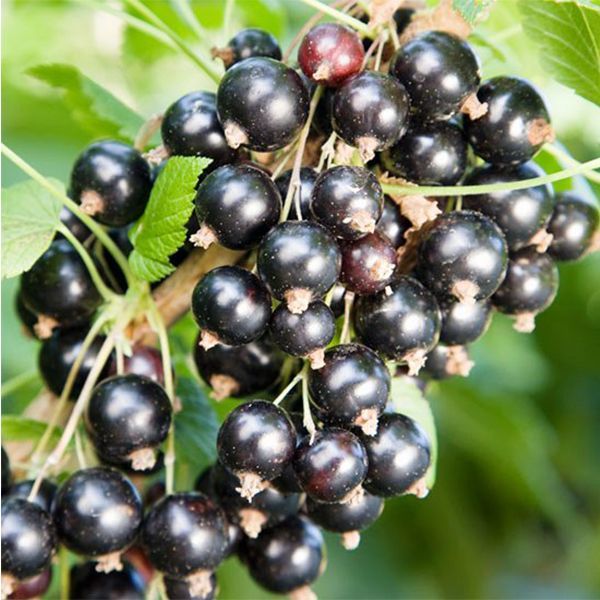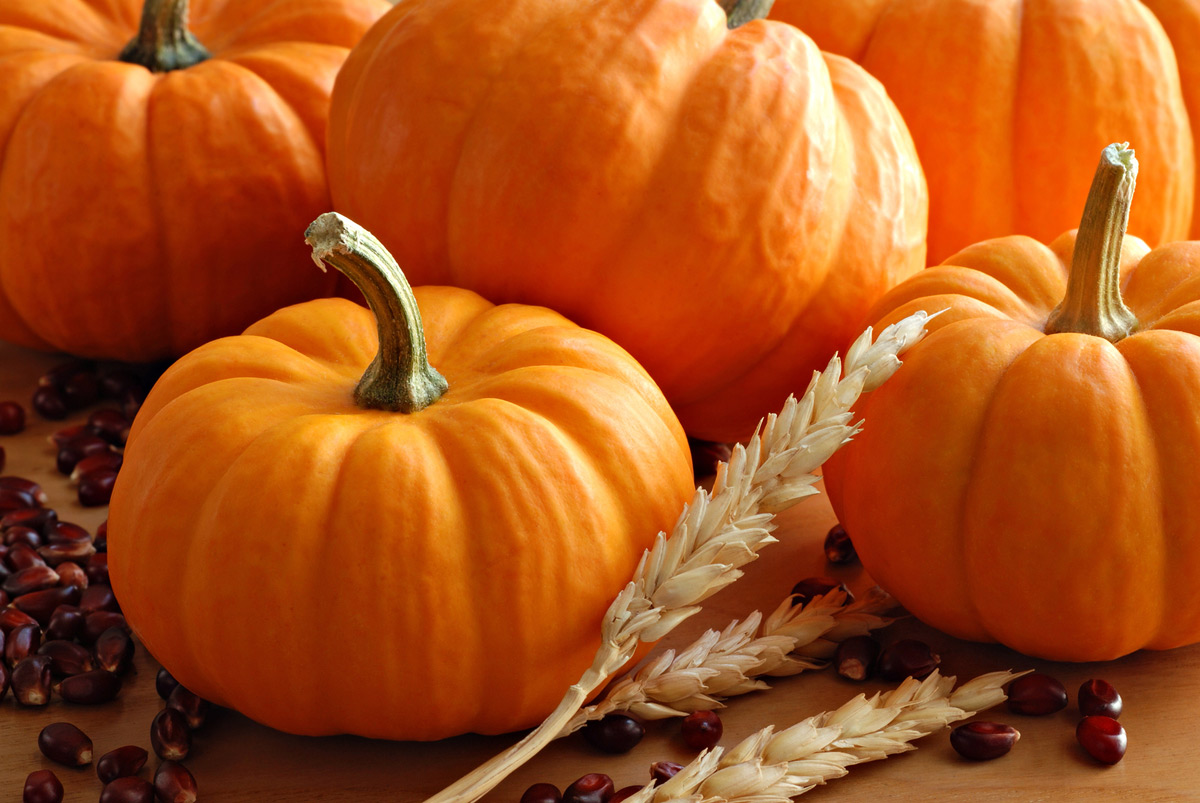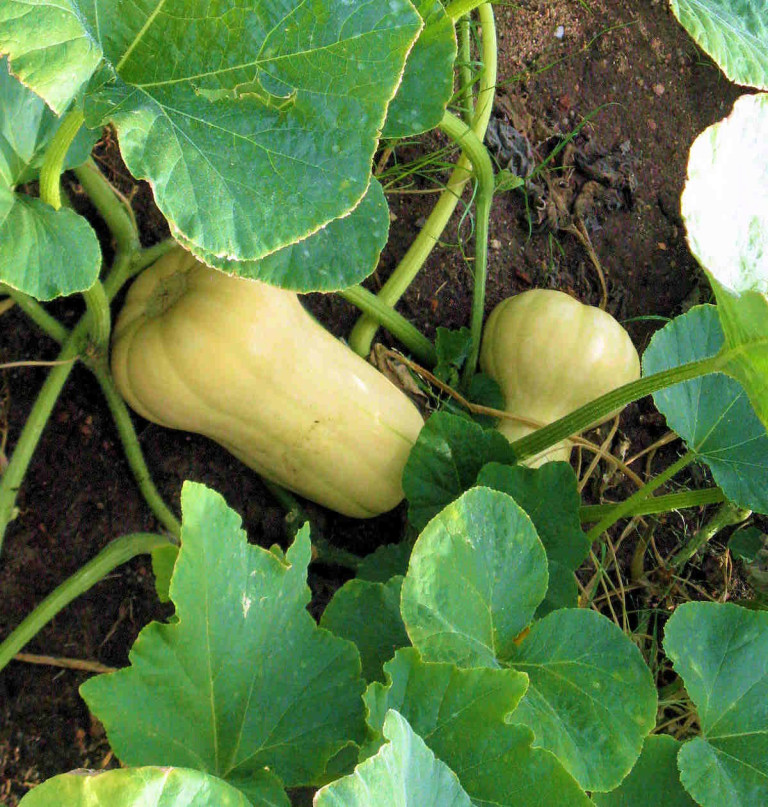Content:
Pumpkin has been grown on the territory of our country since time immemorial - for more than one century this vegetable has been one of the main ones in the diet of peasants and more prosperous fellow citizens. The nutritional value of this vegetable is well known, therefore, in our time, amateurs grow different varieties of it in their beds.
Pumpkin Winter sweet is deservedly popular, because you can always harvest good harvests of this vegetable crop, without making too much effort to grow it. The pulp of the fruit has a pleasant taste - sweetish, tender. And the fruits themselves can be stored almost until spring, without losing their taste and marketability.
Pumpkin Winter sweet: a description of the culture
Refers to late-ripening varieties - from the appearance of the first shoots to the collection of ripe fruits, it takes 4-4.5 months.
This variety is especially appreciated for:
- high productivity;
- excellent taste;
- keeping quality of the harvested crop;
- ripe fruits tolerate transportation well over long distances;
- pumpkin bushes are drought resistant.
- resistance to most diseases that can affect vegetable plants of the pumpkin family: anthracnose, powdery mildew.
The variety was created for outdoor cultivation. On long lashes, both female and male flowers grow, singly or in bunches (depending on gender). The regions in which it is recommended to grow sweet winter pumpkin are Ukraine, Moldova and Russian regions with a similar climate.
The ripe fruit is flat-rounded. The rind is dense, of medium thickness. The main skin color is dark gray, it is covered with small spots of a light gray shade. The surface is segmented. The pulp is dense, aromatic, sweet. The content of sugars in the pulp is increased, the color is bright orange.
Sweet pumpkin varieties
Bush pumpkin has a high sugar content. There are practically no hybrids among the pumpkin varieties with sweet pulp.
The most popular varieties of bush pumpkin:
- Pumpkin Gribovskaya Winter- fruit ripening later. The plant is strong, powerful enough and branched. The pulp can contain 11-12% sugars. The pulp is loose, sweet, the color is light yellow. It takes about 5 months from the moment the shoots emerge to the collection of ripe fruits from this shrub. With periodic introduction of liquid fertilizing, the mass of ripe fruits can reach 4.5-5 kg. The yield is above average - 18-19 kg are harvested from 1 m2;
- Pumpkin Amazon (amazonka) - a compact mid-season plant, from the moment of emergence of shoots to harvest it takes 3-3.5 months. Description of the Amazon pumpkin: the shape of ripe fruits is flat, the color of the average peel is orange, the weight of the ripe pumpkin is up to 2 kg. The pulp is sweet, crunchy, rather dense, its color is bright orange. Taste and commercial qualities of the fruits of this variety are at a height;
- Dachnaya - one of the earliest ripening varieties, because the period of growth and harvesting of summer pumpkin is about 2.5 months. Ripe fruits are oval or egg-shaped. The skin is yellow with longitudinal dark green stripes. The pulp is very sweet and juicy. The weight of one ripe pumpkin is 2.7-2.9 kg. Pumpkin juice from this variety is the sweetest. The variety is high-yielding, cold-resistant;
- Winter- This variety has a number of advantages over other sweet pumpkin varieties.One of the main advantages is the ability to store ripe fruits without losing taste at home for up to several years. Ripe fruits of an elongated shape, similar to giant cucumbers, the color of the peel is light green with a small light pattern. Unripe fruits are eaten, which are used fresh in salads. And from ripe fruits, you can cook porridge, casseroles, add to soups or side dishes, make candied fruits;
- Orange- This sweet pumpkin variety belongs to the mid-season. It takes about 3 months from the moment the first shoots appear to harvest ripe fruits. The color of the peel of ripe fruits is bright orange, the peel itself is thin. The pulp has the same color, its taste is sweet. A ripe pumpkin can weigh from 4.5 to 6.5 kg;
- Hard-faced - the shape of ripe fruits is similar to an elongated ribbed cylinder. The color of the peel is orange with a yellow tint. The pulp is quite dense, greenish-yellow in color. The thickness of the pulp layer is up to 7 cm, the rest of the place is occupied by seeds. The weight of ripe fruits can reach 6-8 kg. Hard pumpkin is used for making mashed potatoes, cereals, boiling, stewing juice production;
- Pumpkin Acorn (or acorn) - the second name for this variety was given for the similarity of ripe fruits in shape to acorns, but of enormous size. The color of the peel is from deep emerald to deep orange (almost gold). The pulp is very sweet, tender, yellow with an orange tint;
- Freckle- this variety was bred specifically for cultivation in the west of Siberia, in the Urals and in other regions with a similar climate, where winters are long enough and summers are short. The variety is mid-season - at least 3 months pass from the moment of emergence to harvest. The fruits weigh about 3 kg, the peel is of an unusual color - small light spots are located on a light green background. The pulp is of medium density, tender and sweet in taste, with a characteristic pear aroma. The pulp contains about 10% sugars. If these plants are watered regularly, high yields are guaranteed. The harvested crop can be stored almost until spring at home.
Agricultural technology for a high yield
Growing a Winter Pumpkin is a simple process. The main thing is to choose a sunny, draft-protected area with fertile loose soil. The optimum air temperature for growing this culture is 22-24⸰С, and when the temperature drops to 14-15⸰С, the growth of lashes and the maturation of pumpkins decreases.
The main thing when growing this crop is constant moisture of the topsoil so that the plant grows better. But during the period of intensive ripening of fruits, it is recommended to reduce the amount of watering, so that the percentage of sugar in the fruits increases.
Caring for plants throughout the season consists in regular watering, loosening the soil, removing weeds and applying additional fertilizing several times per season.
Reproduction of culture
Sweet winter pumpkin belongs to annual plants, therefore it is propagated by seeds. All sweet varieties of this vegetable culture are not hybrid, so vegetable growers leave the seeds of the pumpkin they like for further planting. Usually, such properly collected and dried seeds, when stored correctly, do not lose their germination up to 5-6 seasons.
Sowing with seeds
Planting seeds is possible directly in open ground; for cool regions, the seedling method is more suitable.
Purchased seeds do not require disinfection, since all procedures were carried out by the manufacturer. And pumpkin seeds collected in their own garden should be placed in a weak solution of potassium permanganate for half an hour before sowing for disinfection. Then the seeds are placed in a damp gauze for several days to "hatch".Seeds with sprouts are carefully planted in separate cups with nutritious soil mixture, which you can buy in a specialized store.
When growing seedlings at home, it should be watered regularly, preventing the topsoil from drying out, and also fed a couple of times with nitrophos or a solution of cow manure.
Pumpkin seeds are planted in open ground when the soil warms up to a depth of 10-12 cm to a temperature of 10-12 ° C.
The germinated seed material is deepened to a depth of 4-5 cm. Experienced vegetable growers immediately after planting the seeds cover the beds with polyethylene, creating greenhouses. Even after the emergence of sprouts, polyethylene can be removed during the day if the air temperature is more than 15-16⸰С. The cover is completely removed when the spring frosts are left behind.
Tips & Tricks
In general, the cultivation of winter sweet pumpkin takes 3-4 months. During this period, it is desirable that there are no significant jumps between day and night temperatures.
Planting seed material or grown pumpkin seedlings should be in well-heated soil. Then the plants will grow quickly. You should also water the seedlings with liquid chicken droppings (in a ratio of 1:10), in this case the seedlings will be stronger and stronger.
Care must be taken to ensure that the flowers are well pollinated.
Pumpkin bushes should be shaped. No more than 3 lashes are left on the stem, each of which has one growing fruit. After the ovary, no more than 4 sheets are left, pinching the tops.

